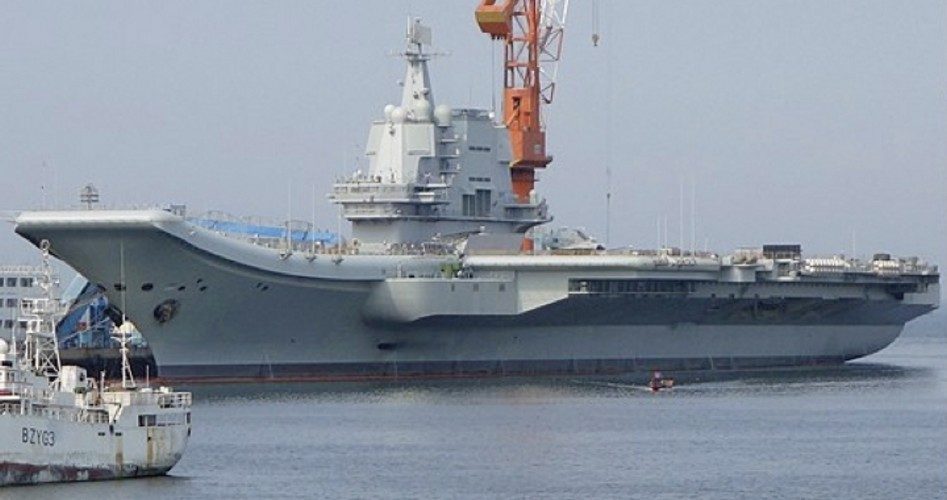
China’s two new aircraft carriers, the Liaoning and Shandong (shown), will take part in war games near disputed areas of the South China Sea this summer. A report in the British newspaper The Sun observed that this will be the first time China’s new aircraft carriers will deploy together — a move that has sparked fears in Taiwan of a possible invasion of its Pratas islands, which could then be used as a staging point for an attack on Taiwan.
“An aircraft carrier strike group will pass through the Pratas Islands on its way to the exercise site to the southeast of Taiwan in the Philippine Sea,” the Australian news site News.com.au quoted an unnamed Japanese military insider as saying.
The Pratas Islands (also known as the Dongsha Islands or the Tungsha Islands) are three atolls in the north of the South China Sea.
The Republic of China (Taiwan) controls the islands and has declared part of them the Dongsha Atoll National Park. The communist People’s Republic of China claims them as part of Guangdong Province.
The Pratas Islands are among several groups of islands involved in disputes between China and neighboring Asian nations. The Permanent Court of Arbitration (PCA), an international tribunal in The Hague, ruled in 2016 in favor of the Philippines in a maritime dispute with China over China’s construction of artificial islands in the Spratly Islands in the South China Sea. The tribunal concluded that China does not have the right to resources within its “nine-dash line,” including the Paracel Islands, the Spratly Islands, and the Pratas Islands.
British (The Sun and Daily Mail) and Australian reports all quoted from a May 21 report published by the Council on Foreign Relations (CFR), which has dominated U.S. foreign policy since at least the Roosevelt administration. Because the CFR is so prominently positioned its view of international relations is worth paying attention to.
The May 21 report, entitled “Military Confrontation in the South China Sea” (from the CFR-affiliated Center for Preventive Action) noted:
The risk of a military confrontation in the South China Sea involving the United States and China could rise significantly in the next eighteen months, particularly if their relationship continues to deteriorate as a result of ongoing trade frictions and recriminations over the novel coronavirus pandemic.
U.S.-Chinese tensions in the South China Sea are hardly news, however. In a May 2015 article, we quoted from the Global Times, owned by the Chinese Communist Party’s People’s Daily, which said in an editorial that “U.S.-China war is inevitable in the South China Sea … if the United States’ bottom line is that China has to halt its activities” in the disputed Spratly Islands.
We concluded that report, saying,
Americans who think that China has mellowed and is more interested in joining the ranks of capitalist nations than in pursuing standard communist-style aggression might want to reevaluate their perceptions. The ghost of Mao evidently still lingers over Beijing.
Related articles:
China Conducts Naval Exercises and Ballistic Missile Tests in South China Sea
Tomorrow’s Superpower? China’s Naval Build-up Could Oust U.S. from Pacific
International Tribunal Rules in Favor of Philippines in Dispute With China
Warren Mass has served The New American since its launch in 1985 in several capacities, including marketing, editing, and writing. Since retiring from the staff several years ago, he has been a regular contributor to the magazine. Warren writes from Texas and can be reached at [email protected].



